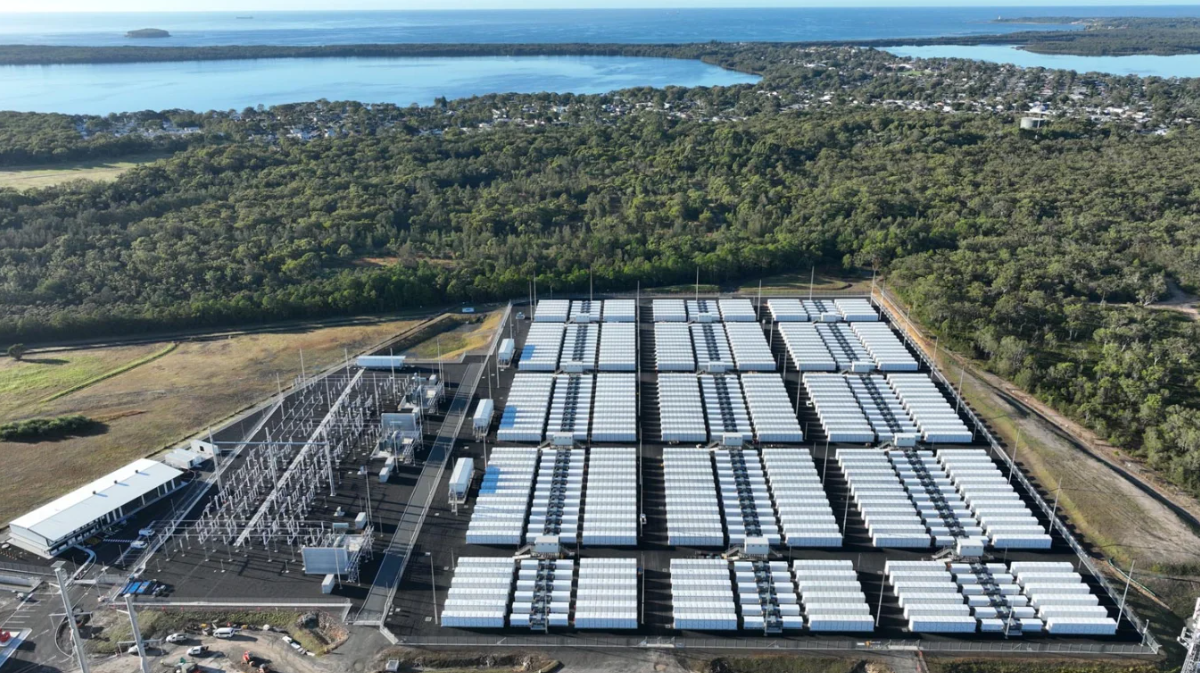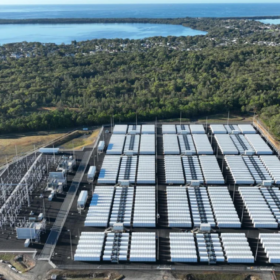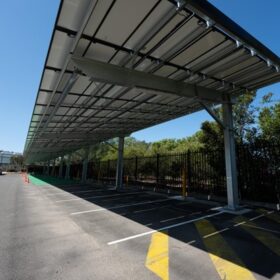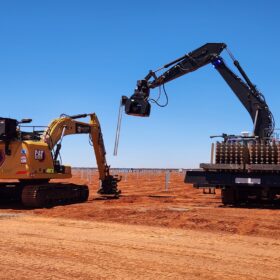From pv magazine Global
An international research team investigated the performance of inverted perovskite solar cells under outdoor conditions in Spain and Poland, comparing the results with those obtained through commonly used accelerated aging protocols.
The novelty of their work lies in correlating accelerated degradation test parameters with real-world observations to more accurately identify the factors that contribute to perovskite PV device degradation.
“Potential investors and industry stakeholders require a reliable benchmark to assess the technology’s viability and long-term potential,” the scientists explained.
“It is important to emphasise that there is currently no conclusive evidence demonstrating that failure to pass such accelerated tests directly predicts device lifetime under real outdoor conditions, typically targeted at 20–25 years for photovoltaic applications.”
The group tested inverted perovskite solar cells encapsulated with polyisobutylene (PIB) for 173 days at two facilities: one in Madrid, Spain, which has a hot-summer Mediterranean climate; and the other in Gdańsk, Poland, characterised by a hot-summer humid continental climate.
The cells were built with a substrate made of glass and indium tin oxide (ITO), a hole transport layer (HTL) based on poly(triarylamine) (PTAA), a perovskite absorber, an electron transport layer (ETL) relying on phenyl-C61-butyric acid methyl ester (PCBM), a bathocuproine (BCP) buffer layer, and a silver (Ag) metal contact.
For the outdoor testing, the scientists followed the ISOS-O-2 protocol, performing current-voltage (J-V) measurements every 60 minutes in Gdańsk and every 10 minutes in Madrid.
The cells in Spain were mounted on a solar-tracking system, while those in Poland were installed on a fixed structure.
The analysis revealed a big difference in long-term performance between the cells tested in Poland, which maintained a relatively stable performance throughout the exposure period, and those operating in Spain, which suffered from a constant decline.
“This difference in device behavior may be influenced by various factors, including climate conditions, operating mode, mounting configuration, and measurement frequency, as the tests were conducted under different setups,” they specified.
They also found that the main factors affecting cell performance are absorber degradation, bulk defects and interfacial losses.
Further analysis conducted in Gdańsk showed that the cellG open-circuit (OC) accelerates degradation “strongly,” while maximum power point (MPP) and short-circuit (SC) were found to have the least impact.
The outdoor degradation mode was found to be similar to that detected through light soaking, with no “noticeable” extraction-related issues being reported.
Their findings can be found in the study “Degradation of perovskite solar cells: Insights from accelerated testing versus outdoor aging in two climate zones,” published in Solar Energy.
The research team comprised scientists from the Gdańsk University of Technology in Poland and the Universidad Rey Juan Carlos in Spain.
“These findings highlight the necessity of consistent measurement methodologies, as factors such as sun-tracking, specific operating conditions, and JV scan frequency can influence outdoor stability assessments,” they concluded.
This content is protected by copyright and may not be reused. If you want to cooperate with us and would like to reuse some of our content, please contact: editors@pv-magazine.com.









By submitting this form you agree to pv magazine using your data for the purposes of publishing your comment.
Your personal data will only be disclosed or otherwise transmitted to third parties for the purposes of spam filtering or if this is necessary for technical maintenance of the website. Any other transfer to third parties will not take place unless this is justified on the basis of applicable data protection regulations or if pv magazine is legally obliged to do so.
You may revoke this consent at any time with effect for the future, in which case your personal data will be deleted immediately. Otherwise, your data will be deleted if pv magazine has processed your request or the purpose of data storage is fulfilled.
Further information on data privacy can be found in our Data Protection Policy.